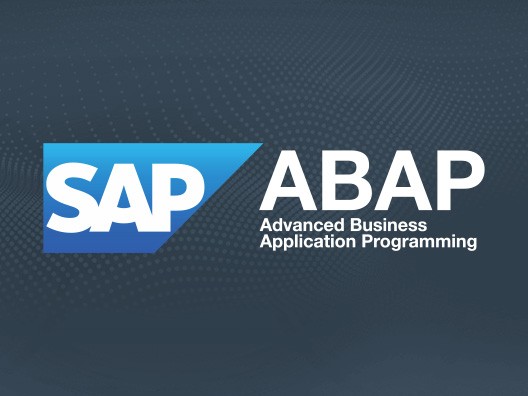Key Facts About SAP ABAP You Should Learn
 Swapnil More
Swapnil More
SAP
SAP ERP (Enterprise Resource Planning) is a comprehensive software system designed to integrate and manage the core business processes of an organization. It supports various functions such as finance, human resources, manufacturing, supply chain, services, and procurement within a single system. By centralizing data management, SAP ERP provides a unified view of business operations, enabling better decision-making and efficiency.
Key features of SAP ERP include:
AAll-in-One System: It helps different parts of a company, like sales and finance, work together using the same information.
Up-to-Date Info: It shows real-time data, so everyone has the latest info and can make quick decisions.
Automation: It handles repetitive tasks automatically, like making reports or tracking orders, saving time and reducing mistakes.
Grows with the Company: As a business grows, SAP can easily expand to handle more work.
Security: It keeps important business information safe from people who shouldn’t see it.
Easy to Use: Even though it’s powerful, SAP is designed to be user-friendly so people can use it without being experts.
ABAP
Introduction to ABAP
ABAP (Advanced Business Application Programming) is a high-level programming language created by SAP for developing applications on the SAP platform. It is primarily used for building business applications in the SAP environment, including custom reports, interfaces, forms, and enhancements to standard SAP functionality.
Key Features of ABAP
Custom Programs: ABAP helps create special programs and tools that fit exactly what a company needs.
Integration: It works smoothly with SAP, so it can talk to and use data from different parts of the SAP system.
Reports and Forms: You can use ABAP to make custom reports and forms to show important information in a way that’s easy to understand.
Enhancements: It allows you to improve and add new features to existing SAP programs to make them work better.
Data Handling: ABAP helps manage and process data efficiently, making sure everything runs smoothly and accurately.
Getting Started with ABAP
For freshers in SAP, learning ABAP involves understanding the basics of the language, the development environment, and the key concepts used in ABAP programming. Here are some steps to get started:
Familiarize with SAP GUI: The SAP Graphical User Interface (GUI) is the primary interface for accessing SAP systems. Understanding how to navigate and use SAP GUI is essential for ABAP development.
Learn ABAP Syntax and Commands: Start with the basic syntax and commands of ABAP, such as data declarations, control structures (IF, LOOP, CASE), and basic operations (READ, WRITE).
Explore ABAP Workbench: The ABAP Workbench is the integrated development environment (IDE) for ABAP. It includes tools like the ABAP Editor, Data Dictionary, and Debugger. Spend time exploring these tools and understanding their functionalities.
Understand Data Dictionary: The Data Dictionary is a central repository for data definitions in SAP. Learn how to create and manage database tables, views, data elements, and domains.
Practice with Sample Programs: Writing and executing sample ABAP programs is a great way to practice and reinforce your learning. Start with simple programs and gradually move to more complex ones.
Learn Modularization Techniques: Understand how to use subroutines, function modules, and methods to create modular and reusable code.
Debugging and Testing: Learn how to use the ABAP Debugger to troubleshoot and test your programs. Debugging is a crucial skill for identifying and fixing issues in your code.
Resources for Learning ABAP
SAP Documentation: SAP provides extensive documentation and tutorials on ABAP. The SAP Help Portal is a valuable resource for official guides and reference materials.
Online Courses and Tutorials: There are many online platforms offering courses and tutorials on ABAP, such as SAP Learning Hub, Udemy, and Coursera.
Books: Several books are available for learning ABAP, including "ABAP Objects: Introduction to Programming SAP Applications" by Horst Keller and "SAP ABAP Programming For Beginners" by Brian O'Neill.
Community and Forums: Join SAP community forums and discussion groups to connect with other ABAP developers, ask questions, and share knowledge.
Join me to LinkedIn for more updates
By following these steps and utilizing available resources, freshers can build a strong foundation in ABAP and start developing applications in the SAP environment.
Subscribe to my newsletter
Read articles from Swapnil More directly inside your inbox. Subscribe to the newsletter, and don't miss out.
Written by

Swapnil More
Swapnil More
Hey I am Swapnil 🙋♂️, SAP ABAP Developer at @SVKM. I have worked extensively with SAP S/4HANA technologies. I developed and maintained various RICEF objects, including Reports, Interfaces, Conversions, Enhancements, and Forms.